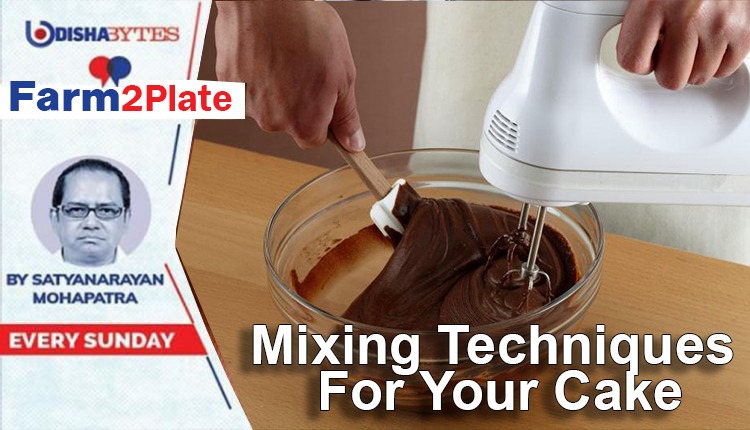Mixing Techniques For Your Cake

Understanding the techniques and art of mixing cake batter is crucial in making a light, tender and delicious cake.
Over-mixing is a common mistake that can lead to undesirable results. Let’s explore the reasons why over-mixing is detrimental and adopt the best techniques to ensure the cake batter is perfectly mixed.
What is over-mixing
It happens when the cake batter is mixed for too long or vigorously, causing the gluten in the flour to develop excessively. Gluten gives structure to baked goods, but too much of it can lead to a tough and dense cake. Over-mixed batter also traps excessive air, leading to an uneven rise and potential pockets of air inside the cake.
Preparing ingredients
Before beginning to mix, ensure all ingredients are at room temperature to let them blend more easily, leading to a smoother batter. Measure the ingredients accurately using a kitchen scale, measuring cups and spoons.
Mixing techniques
Creaming method — For recipes that call for creaming butter and sugar, beat them together until light and fluffy. This is usually the first step in creating a tender cake crumb. Be cautious not to overbeat this mixture, as it can lead to a greasy texture in the cake.
Incorporating dry ingredients — Gradually add the dry ingredients (flour, baking powder, etc.) into the wet ingredients (creamed butter and sugar or wet ingredients like eggs and milk) while mixing on low speed. Stop mixing as soon as the dry ingredients are fully incorporated.
Folding technique
When adding flour or dry ingredients later in the mixing process, use the folding technique. Gently fold the dry ingredients into the wet batter using a spatula in a ‘cut and fold’ motion until just combined. Avoid vigorous stirring or excessive folding.
Mixing times and tools
Electric mixers — If using an electric mixer, use the lowest speed setting when incorporating dry ingredients. Switch to mixing by hand with a spatula if necessary to prevent over mixing. Whisking: whisking the dry ingredients together before adding them to the wet ingredients helps distribute them evenly without over mixing during the final stage.
Signs of properly mixed batter: A properly mixed cake batter should be smooth, with all ingredients fully incorporated. There should be no visible streaks of flour or pockets of air. The batter should have a medium to thick consistency, depending on the recipe.
Common mistakes to avoid: Avoid rushing the mixing process. Take time and be patient while incorporating the ingredients. Do not overbeat the batter, especially when adding flour or dry ingredients. Resist the urge to use a high-speed setting on your mixer during the final mixing stages.
For the road
Mastering the art of mixing cake batter is essential for every baker. Understanding the importance of proper mixing techniques and avoiding over-mixing help create cakes with a tender crumb, even rise and a delightful texture.
Be patient, use the right tools, and follow correct steps.
Happy baking.

Comments are closed.